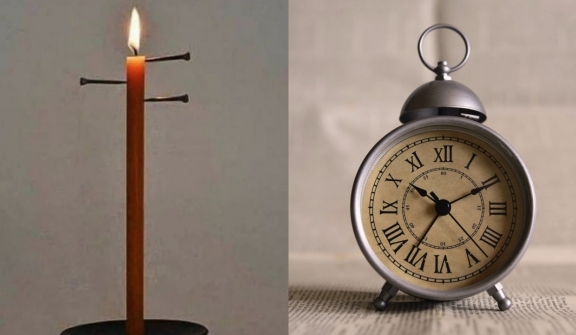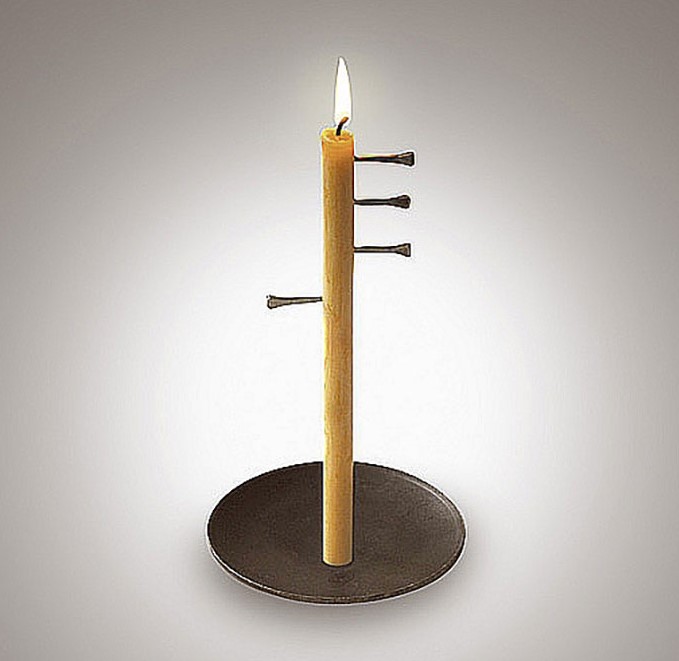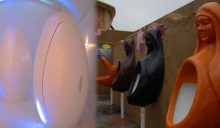
In an era predating the convenience of alarm clocks, individuals had to find resourceful ways to wake up promptly.
One method involved strategically placing nails in specific positions to create a rudimentary alarm system. The concept was simple yet surprisingly effective.

Before electricity illuminated our homes, candles were a primary source of light. However, people discovered that candles could serve a dual purpose as timekeepers.
By attaching nails at specific intervals onto a candle's surface, individuals could create a primitive alarm system based on the candle's burning rate.
To set up the candle alarm system, individuals would carefully insert small nails into the wax at predetermined distances along the length of a candle.
Each nail represented a specific time increment—a simple yet effective way to track the passing hours.

When preparing for sleep, individuals would light the candle and position it securely in a candle holder. As the candle burned down, the flames would eventually reach a nail, causing the metal to heat up and dislodge.
The falling nail would then create a distinct sound, alerting the sleeper that it was time to awaken.
By harnessing the predictable and measurable nature of a candle's burn rate, they transformed a basic household object into a reliable timekeeping tool.

This method required careful observation and precise placement of the nails to ensure accurate timekeeping.
Some incorporated the use of pins or other small objects instead of nails. Each community adapted the method to suit their specific needs and available resources.
Despite the variations, the underlying principle—using candles as time indicators—remained consistent.

The invention of mechanical clocks and, later, electrical alarm clocks made it easier for individuals to wake up at precise times without the need for constant monitoring.
However, the nail-on-candle system left a lasting legacy. It served as a testament to human ingenuity and problem-solving abilities, showcasing our ancestors' resourcefulness in managing their schedules and responsibilities without the aid of modern technology.




